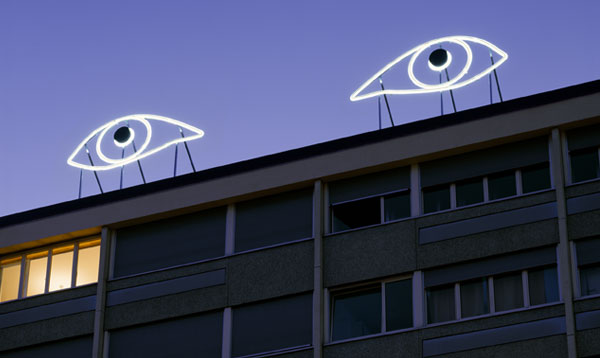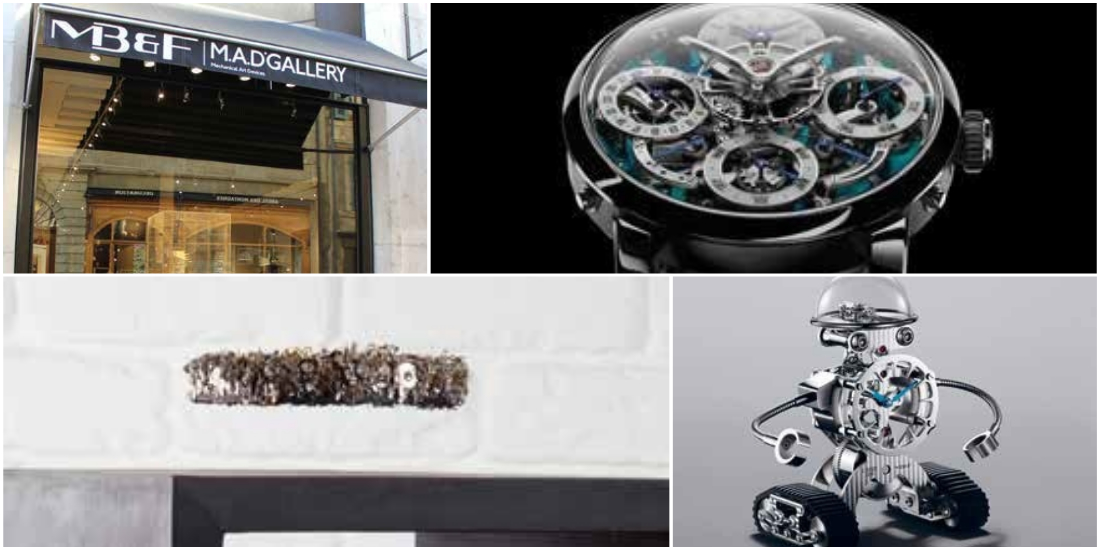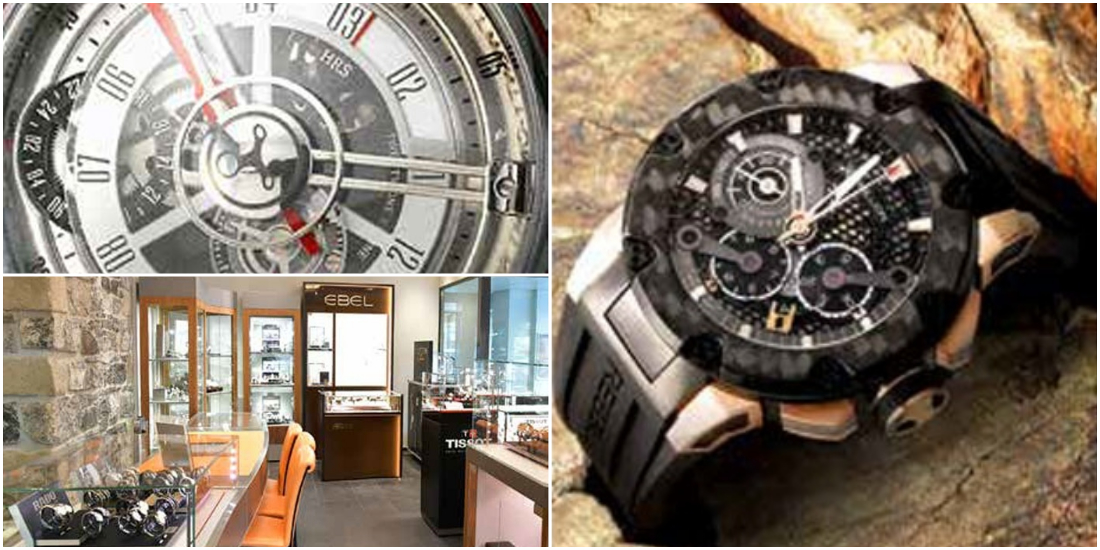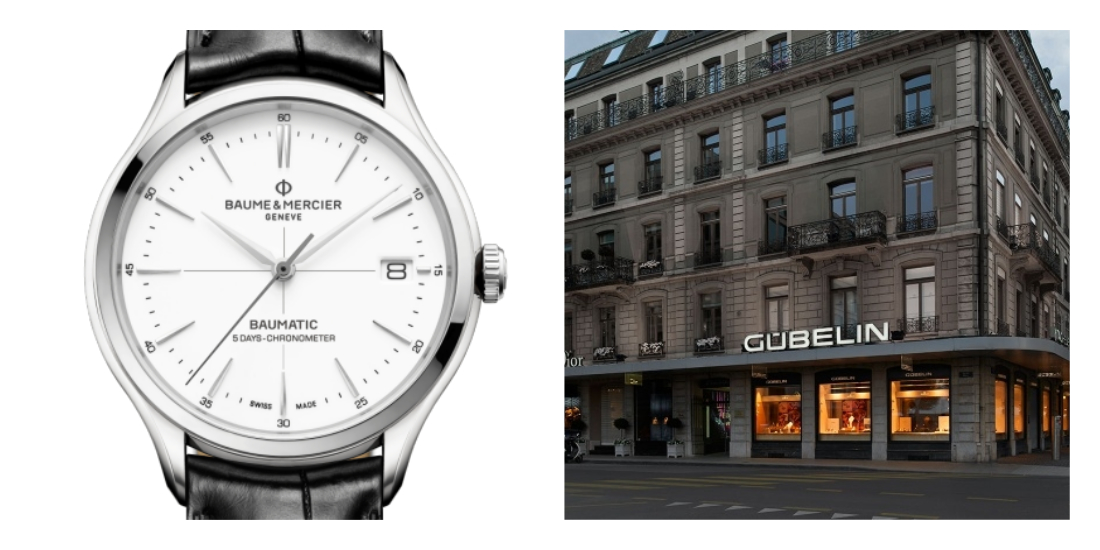Geneva Art Tour : Private initiative in support of art and the public

Art through the centuries and civilisations
Sometimes dubbed the city of parks, Geneva is not just satisfied with presenting the ancient façades of noble homes in its Old Town. It also conceals various museums, often somewhat tucked away, which add to the pleasure of discovery. Thus, located on the same street where the great reformer Jean Calvin lived, the Barbier-Mueller Museum is devoted to arts from Antiquity, Africa, Asia and Oceania. The largest in the world, this completely privately owned collection invites us to enjoy the most amazing change of scenery.
A short distance away, in an inside courtyard, to the left of the cathedral, stands a highly particular, delightful 18th century housing which houses the Musée de la Réforme Museum and which has remained intact. The illusion is perfectly maintained with a journey through time to the Reformation which remains one of the key events in Geneva’s history. A stroll through the Old Town includes a mandatory stop in front of the black façades of the Maison Tavel, just as they were in the Middle Ages. Devoted to the history of Geneva and its domestic life, this exceptional building must be visited from top to bottom. Taking the time to admire the many galleries of museum quality spread all over the area (all listed on Geneva-art-tour.com) remains highly recommended !
A few hundred yards away, the important Musée d’art et d’histoire (Art and History Museum) welcomes visitors who come to look at the first painting of Lake Geneva by Konrad Witz, amongst other things. Temporary exhibitions are also organised here, while big, prestigious events take place at the Musée Rath, in the magnificent setting of the Place Neuve.
On the way out, on the edge of the Old Town on the site of the old ramparts, the Fondation Baur Musée des arts d’Extrême-Orient (Baur Museum Foundation for Arts from the Far East), also housed in a very distinctive 19th century building, provides a Far Eastern escape at the doors of the picturesque Russian church with its gilded onion spires. One could not possibly forget that the City of Calvin is synonymous with watchmaking. The greatest museum in this realm, the Patek Philippe Museum, presents four centuries of watchmaking collections and musical boxes from Switzerland and all over Europe within a very beautiful setting.
A boost for contemporary art
In contemporary art, new creative forces – often private – are at work. By way of example, the Quartier des Bains (Baths District) encompasses 15 contemporary art galleries and four cultural institutions which organise joint preview showings three times a year – the famous Nuits des Bains. These are grouped around the Musée d’art moderne et contemporain (Museum of modern and contemporary art). Opened in 1994, it mainly promotes contemporary art from the past 40 years. In line with its objective of targeting all sectors of the public, this institution that incorporates private initiatives and public commitments is defined as the biggest and youngest art museum in Switzerland, and contains a collection of more than 3,000 works of which 1,300 belong to it.
Within these premises, formerly dedicated to industry and now and now called the Bâtiment d’art contemporain (Contemporary Art Building), other institutions have sprung up. One of these is the Centre d’art contemporain (Contemporart Art Centre), of which the new director (who wrote the preface for this GMT) intends to see it play a complementary role to that of the Mamco. On the ground floor, the Centre de la photographie de Genève (Geneva Photography Centre) has also won an international reputation thanks to top-rate exhibitions (notably recently Cindy Sherman). Finally, mention must be made of the Fonds d’art contemporain de la Ville de Genève (Contemporary Art Fund of the City of Geneva) which is devoted to the decoration of public areas and buildings that belong to the city, thus supporting artists who work in Geneva. An exhibition space called “Le Commun” has been made available to it on the ground and first floors.
The “virus” for contemporary art is so rife that independent galleries have found a whole new breeding ground. At the very borders of the town, in the Quartier de l’Etoile where the free ports and huge industrial warehouses are located, a dozen or so galleries are using these massive spaces which are so conducive to showing off contemporary creations. Even charming Carouge has joined the club. Seven contemporary art galleries are re-grouped under the ART 7 Assocation and together with the Musée de Carouge are raising awareness of their existence through the organisation of open days. But the most unexpected exhibition is taking place on the Plaine de Plainpalais which boldly transmutes advertising slogans from around the banks of the lake and artistic messages, simply using existing advertising shapes and colours. In Geneva, contemporary art is not shy of taking to the streets.
Check out the routes, the 100 art galleries, foundations and museums on www.geneva-art-tour.com






